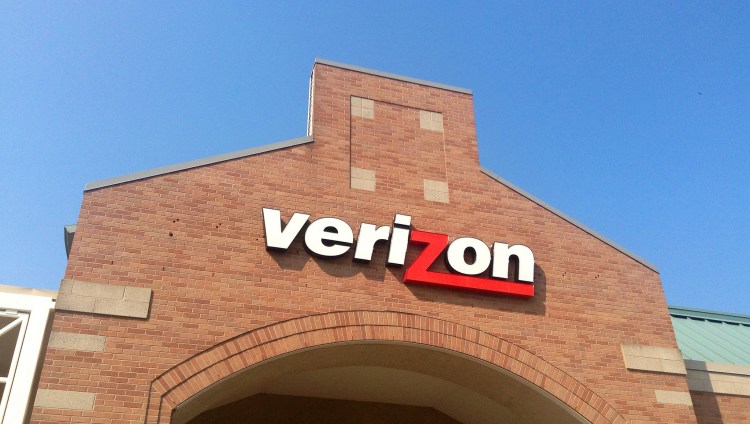Verizon is getting close to its first large scale trials of a high-speed wireless video service to compete with cable television.
The company will roll out the service, which is based on the upcoming 5G wireless standard, in several small towns by the end of March, CEO Lowell McAdam said on Tuesday. The goal is to provide high-speed connectivity for TV and Internet service to homes and businesses without needing to run fiber optic lines to every customer.
“We won’t be charging for the service, but we will be learning from it and figuring out the distance between the transmitter and the receiver in a 5G environment,” McAdam said at a UBS investor conference in New York.
Verizon has long touted the upcoming 5G standard, which can be up to 100 faster than current 4G wireless service, as the basis for a new cable and Internet service. The 5G technology is needed for Verizon’s six year, $300 million plan to offer TV and Internet in Boston, for example. But McAdam had not previously given the early 2017 timeline and additional details about Verizon’s efforts.
The carrier is looking for ways to save money and crack new markets as growth in its two main lines of business, wired and wireless phone service, have slowed. In addition to 5G video service, McAdam has also targeted service for smart, connected devices in the Internet of things and online advertising, via the acquisition of AOL and pending purchase of Yahoo.
Verizon’s Fios unit, which offers TV and Internet service, largely ceased expanding years ago because of the expense of building fiber optic lines to customers.
But the 5G wireless plan could dramatically reduce those costs. A customer would only need a typical router placed by a window to receive signals for Internet and TV service from a neighborhood-based cell tower. Verizon has even discussed deploying more numerous microcells, with new technology that can put a 5G transmitter inside a street light, for example.
“This will allow you to stop anywhere from 200 feet to 1,000 feet, somewhere in that range, we think, from the home and then make it a wireless last leg into the home,” McAdam explained. “And I think that is going to be the predominant architecture for wireless service going forward.”
This story originally appeared on Fortune.com. Copyright 2016
VentureBeat's mission is to be a digital town square for technical decision-makers to gain knowledge about transformative enterprise technology and transact. Learn More

